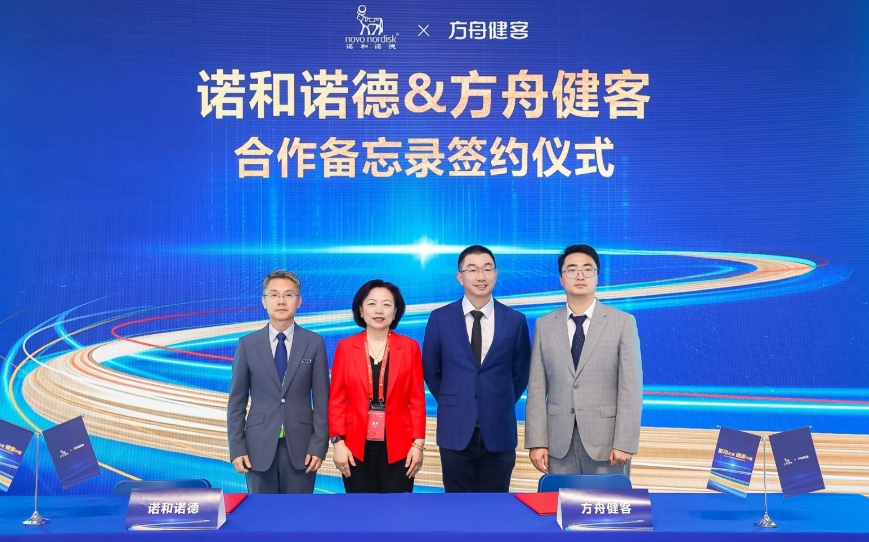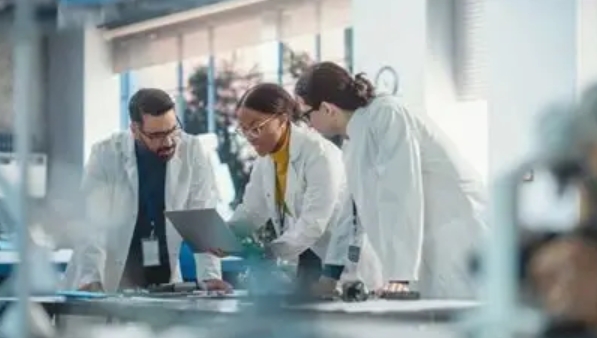
Photo Credit: PolyU
Researchers at The Hong Kong Polytechnic University (PolyU) have developed a groundbreaking, imaging-guided nanoparticle photothermal treatment for osteoarthritis pain, utilising the concept of targeted cancer therapy but instead applied to the protein that initiates pain signaling along the nervous system.
The novel targeted osteoarthritis pain theranostics, which offer both diagnostics and therapeutics, are made of gold nanorods coated with a two-dimensional nanomaterial, molybdenum disulfide. The coated nanorods are further fused with antibodies directed against the nerve growth factor (NGF), the pain-triggering protein.
The antibody-fused nanorods enable both active and passive targeting on peripheral osteoarthritis pain generation. In addition, by directly binding NGF molecules to the photothermal nanoparticles, which can transfer light energy to local heat, the NGF protein will be destroyed under heating with a near-infrared laser.
Testing on mice suggests the targeted photothermal treatment achieves satisfactory pain relief and improvement of motor function.
"Nanoparticles hold good promise for clinical translation to achieve long-lasting pain relief for days, compared to currently available medications that can only alleviate pain for hours. Under laboratory conditions, the mouse models of osteoarthritis, the nanorods with laser stimulation reduced signs of pain for three to four days" added Prof Yang.
Principal investigator, Dr WEN Chunyi, said the dual-track pain treatments with the antibody-fused nanorods and laser stimulation reduced the amount of NGF in joint tissues more efficiently and did not cause damage to the surrounding soft tissues or bone. The research team chose gold nanorods due to their good photothermal properties and molybdenum disulfide coating due to their good biocompatibility.
PolyU's novel technique enables new and accurate diagnostics approaches like




